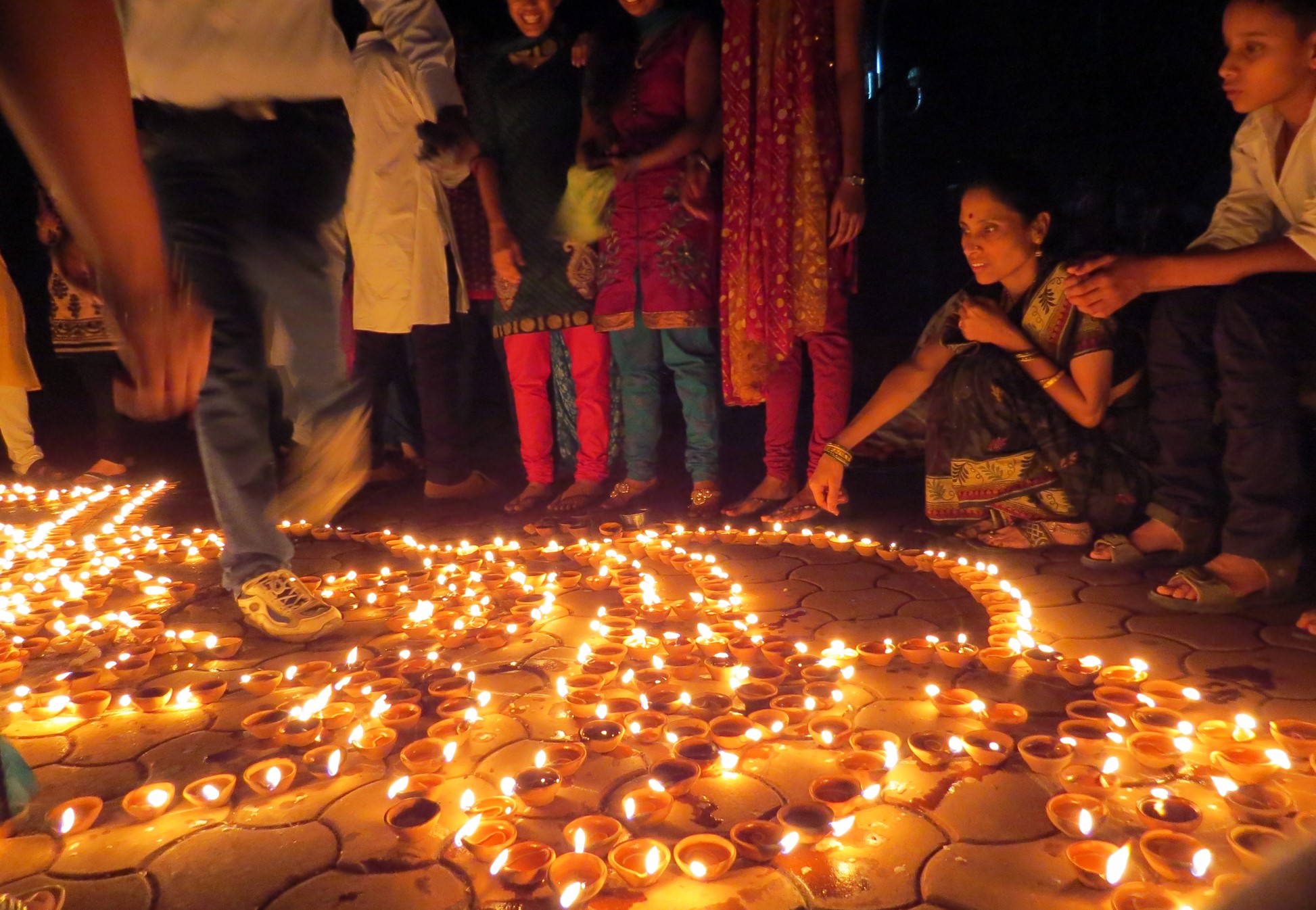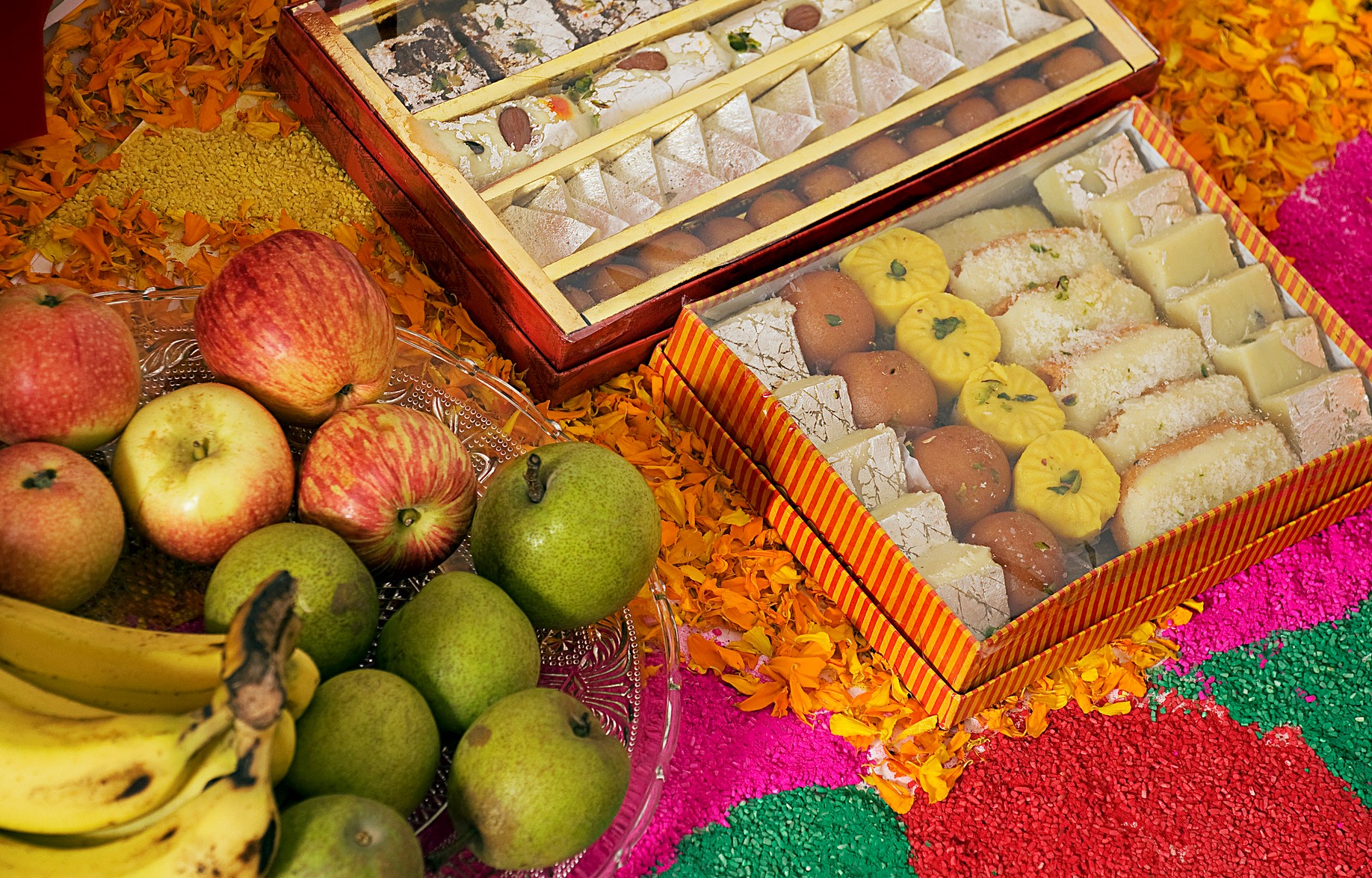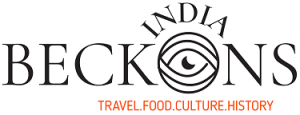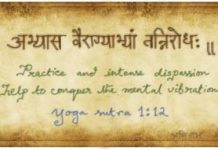
Among the umpteen festivals of India, Diwali is the most glorious and grandest of them all. An integral part of India’s cultural fabric, Diwali is derived from the Sanskrit word Deepavali, which means a cluster of lamps.
The most common legend attached to Diwali is that Lord Shri Ram returned to Ayodhya after slaying the evil Ravana and completing his fourteen years in exile. His homecoming is celebrated by lighting ‘rows of lamps’ (and hence the name Deepavali), bursting of firecrackers, exchanging of sweet pleasantries and donning new clothes. Another legend says it is to commemorate the victory of Lord Vishnu over the demon Narakasura.

The five days of Diwali
According to the Hindu calendar, the day of Diwali falls between the 13th day of Ashwin and the second day of Kartik. Diwali extends up to five days, the third day being the most important.
The first day is commonly called Dhanteras and it is considered mandatory to purchase some metal on this day. The second day is called Narak Chaturdashi, in memory of the killing of demon Narakasura – the wicked giant, who was slain by Lord Shri Vishnu. Symbolically, on the eve of Diwali (on Narak Chaturdashi), the houses are cleared of unwanted items, the whole house is dusted and washed or even painted to give it a new look.
The trading community celebrates the third day with great pomp and gaiety, praying to Goddess Saraswati and Lord Kuber (the god of wealth). Houses are decorated and people wear new clothes, lamps or diyas are lit, and it is believed that Lakshmi, the Goddess of wealth, loves brightness that symbolizes prosperity. The brahmin communities of south India wake up early, take oil baths, deck up in new clothes and jewellery, burst crackers and, eat sweets and savouries. Bengalis celebrate the victory of good over evil depicted by Mahakali’s victory over the demon.
The fourth day is observed in memory of the philanthropist king, King Bali and is called Bali Pratipada. The last day is called Bhai Dooj and it is celebrated to symbolize the love between sister and brother. A legend says that Lord Yama, the god of death, visited his sister’s house where she performed pooja on him with an aarti along with sweets and other delicacies. Lord Yama in return presented her with the most exquisite jewellery and clothes and vowed to protect her.

Present-day celebrations
Come Diwali and sweet shops that introduce a lip-smacking variety of mithais, especially for the occasion, are predominated by families. Noisy firecrackers have made way for tranquil ways of jubilance, LED lights have replaced traditional diyas, very few people purchase new garments, and on the food front, the contemporary Indian opts for chocolates while the health-conscious pick on sugar-free and dry fruit sweets. Corporate gifts of sweets and dry fruits signify appreciation and good wishes but they too are getting the boot as they have become outdated give-away. Gift coupons from digital websites and holiday vouchers have become the current trend.
Diwali brings a message of prosperity and wellbeing. The Indian culture today needs great rejuvenation and only a festival of countrywide dimension like Diwali can resuscitate this age-old tradition and culture!


















